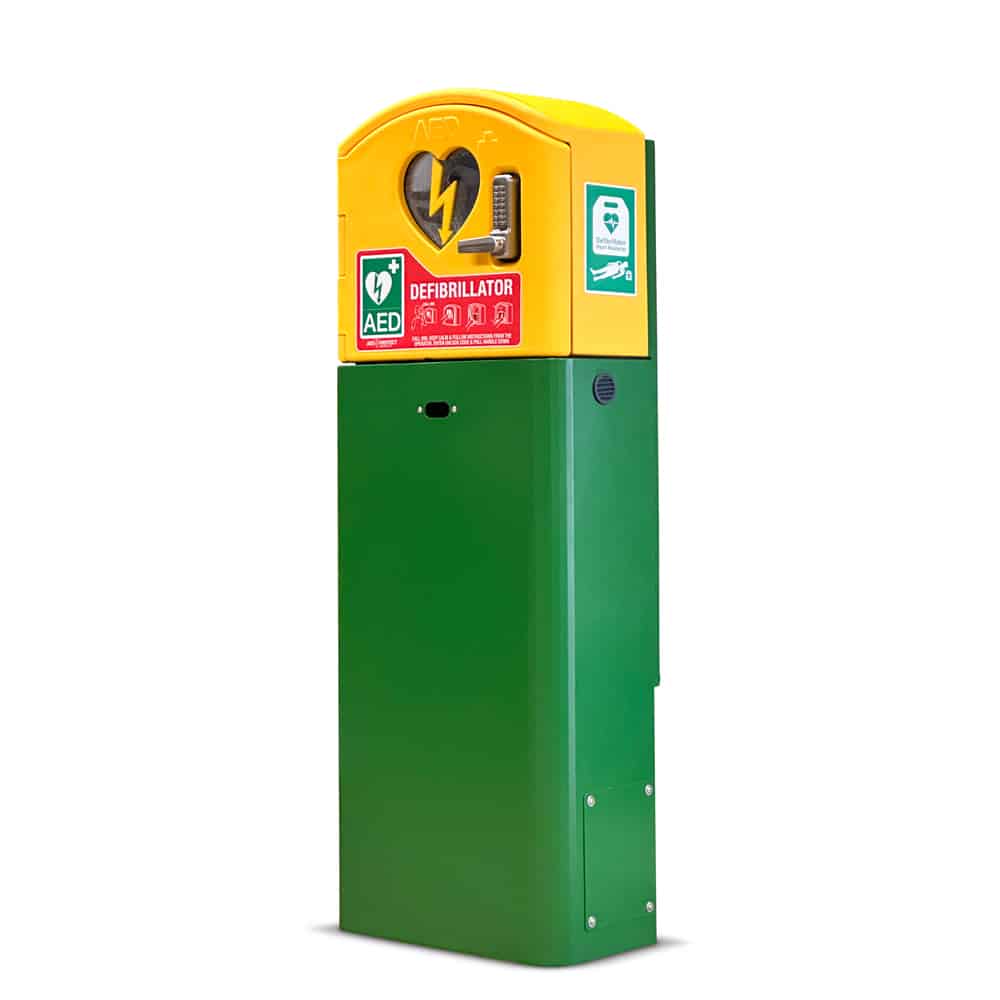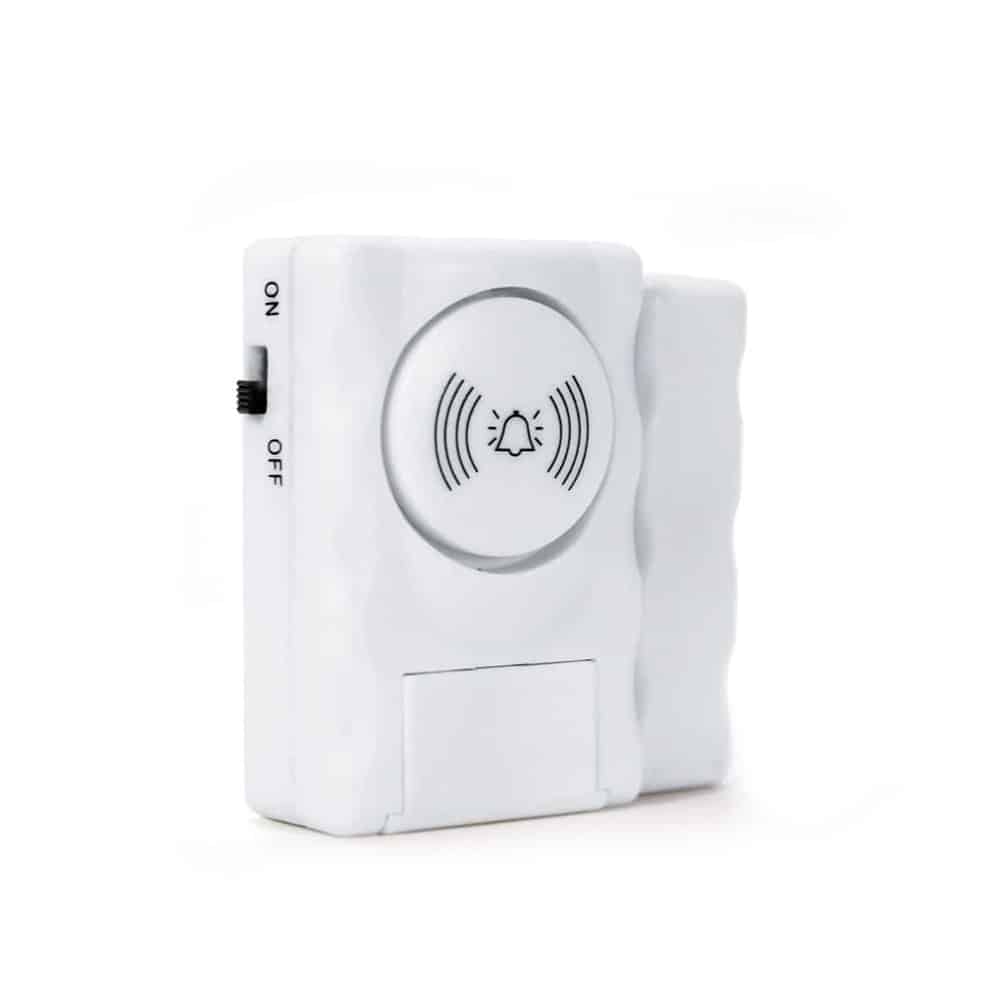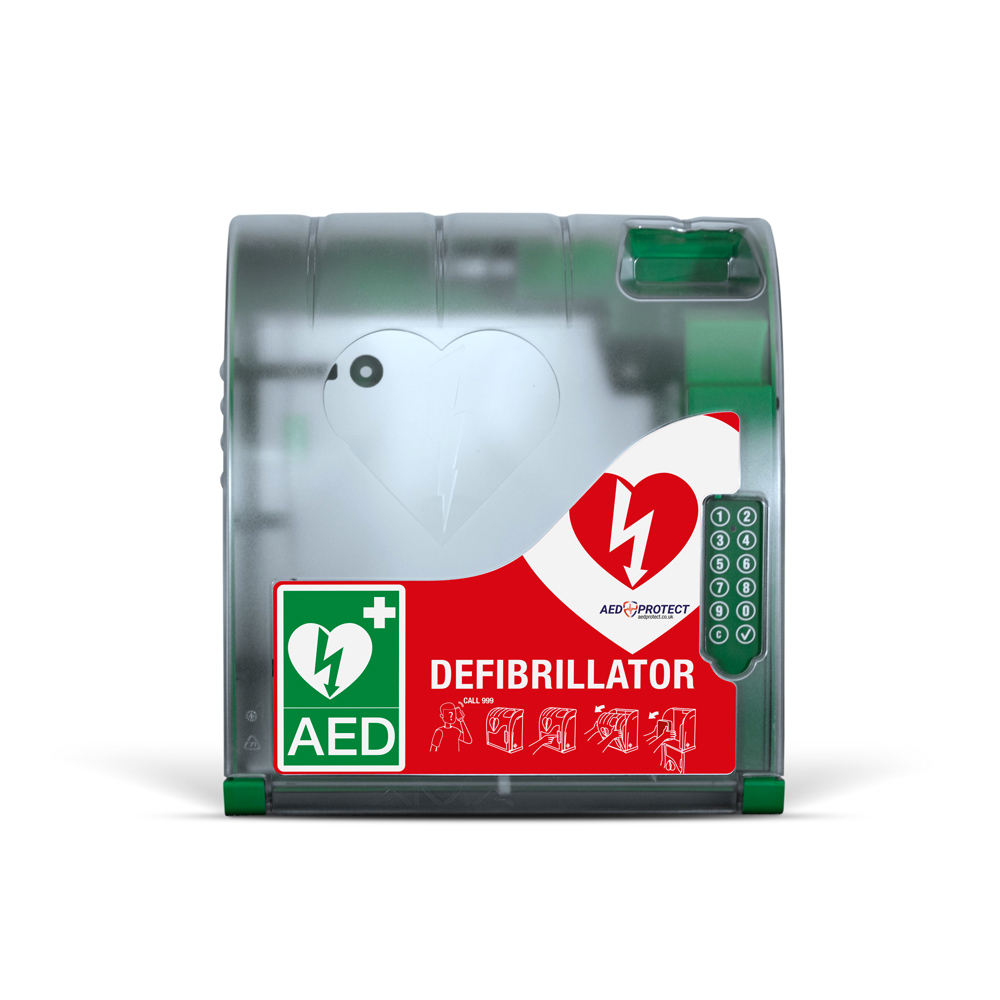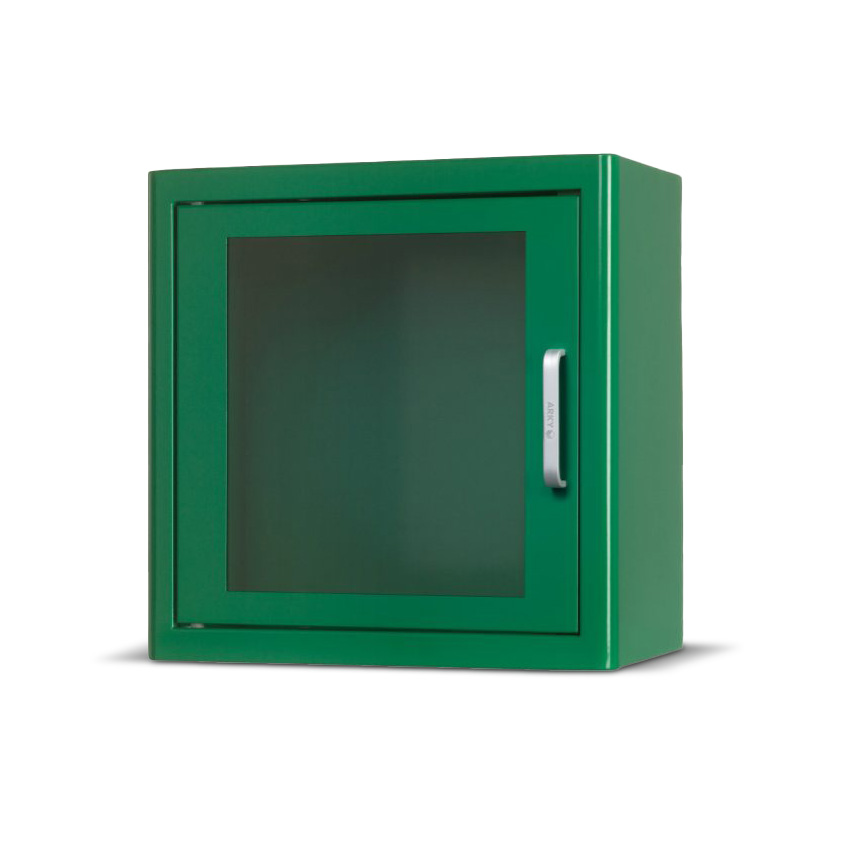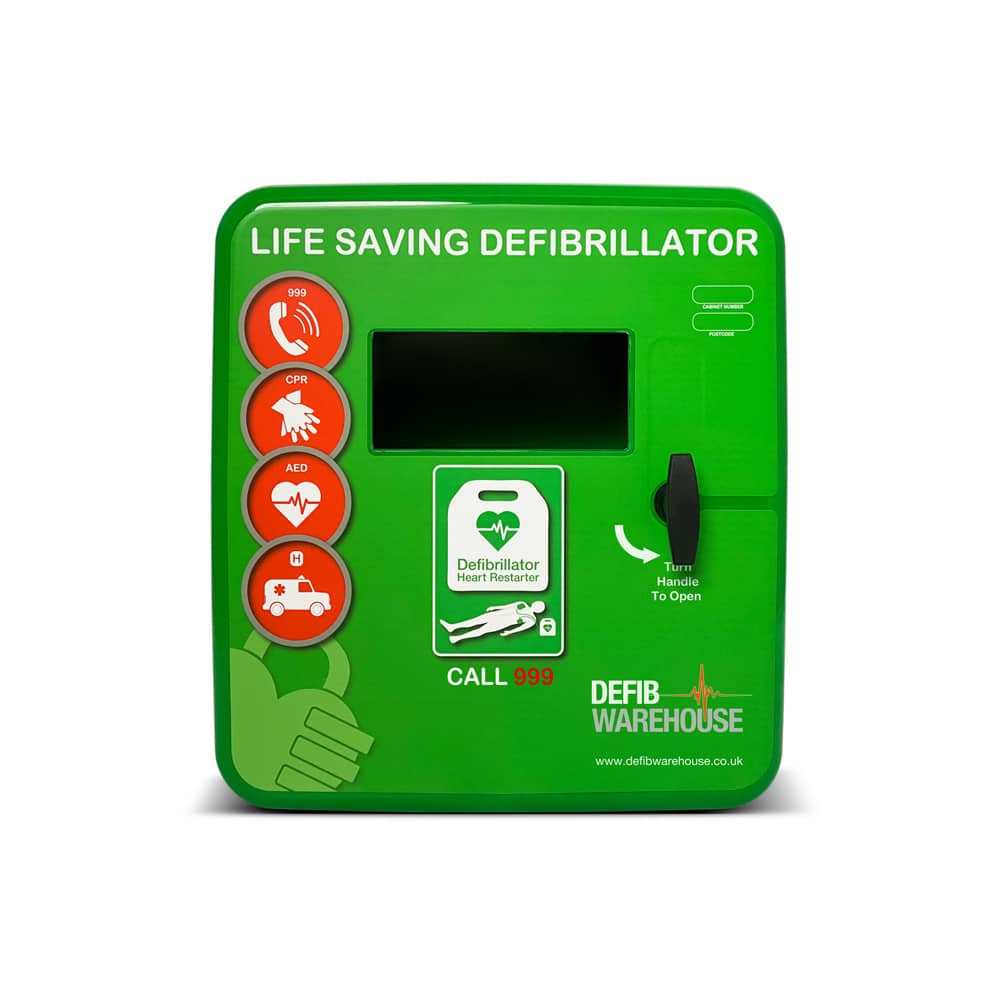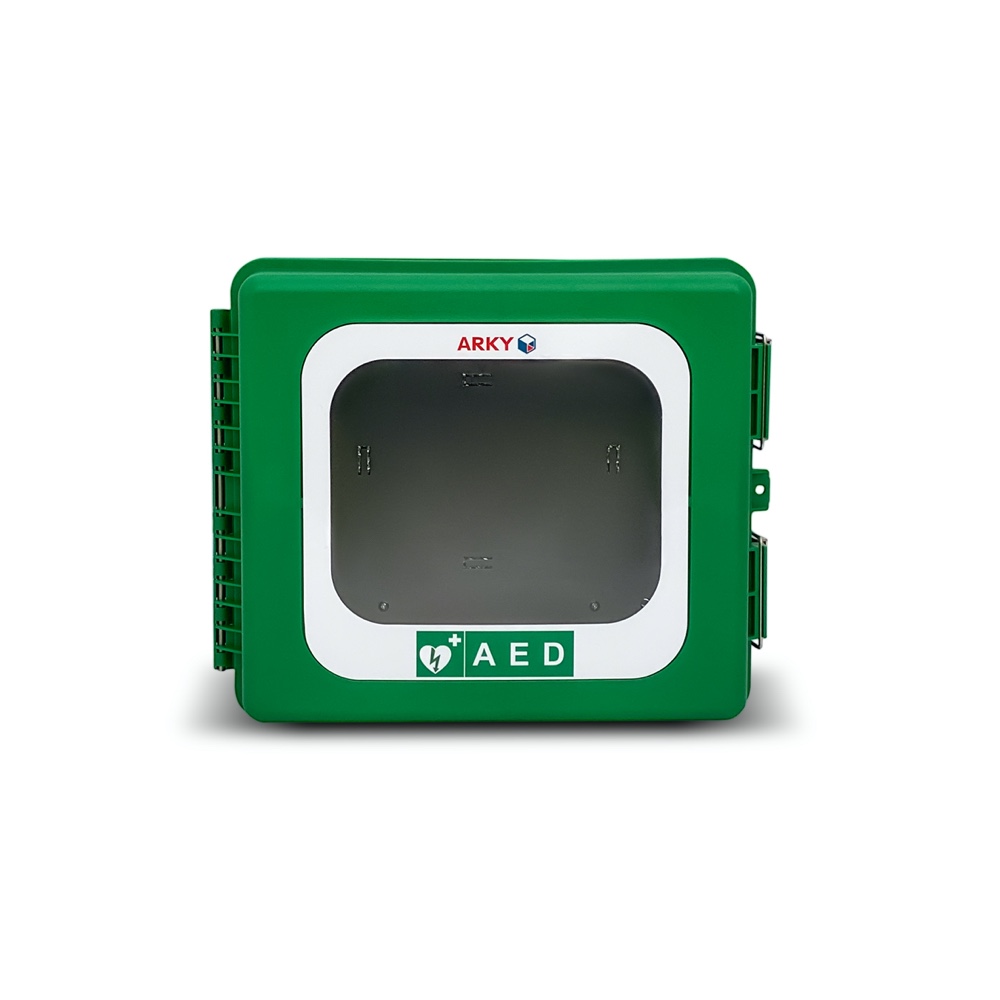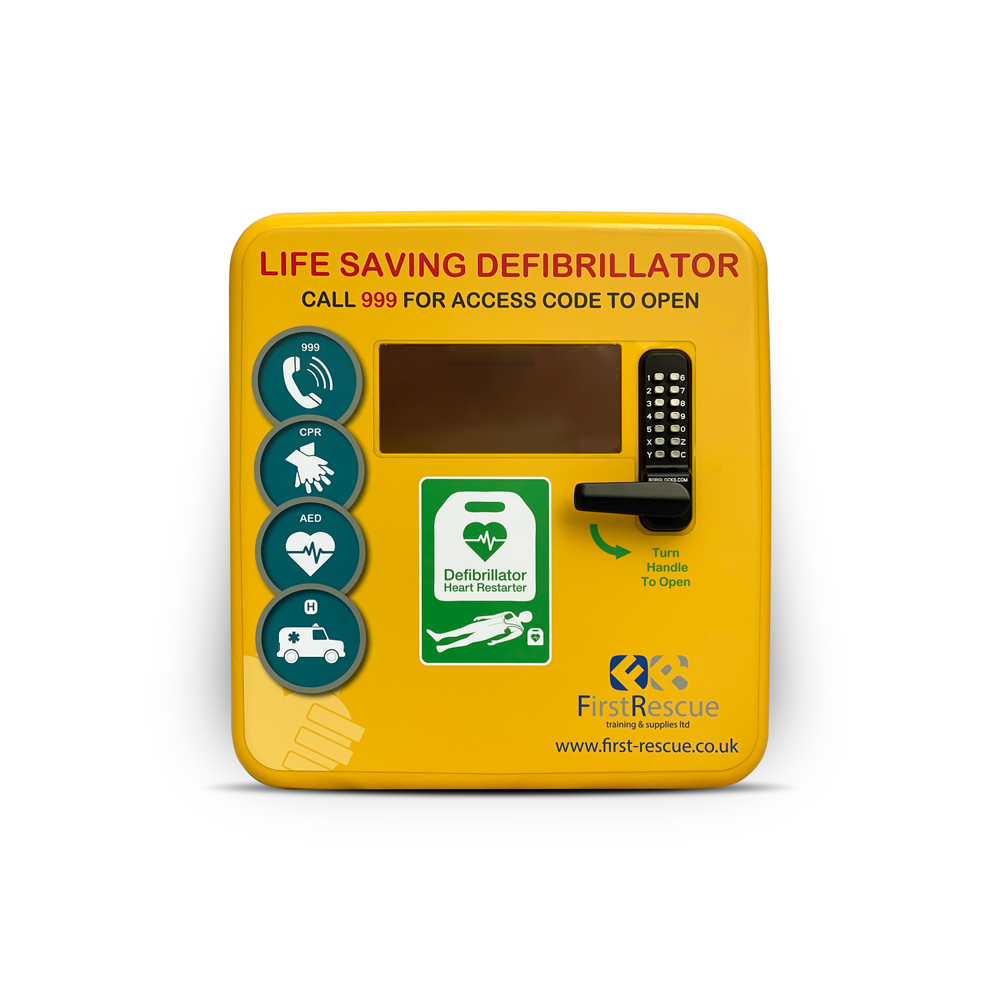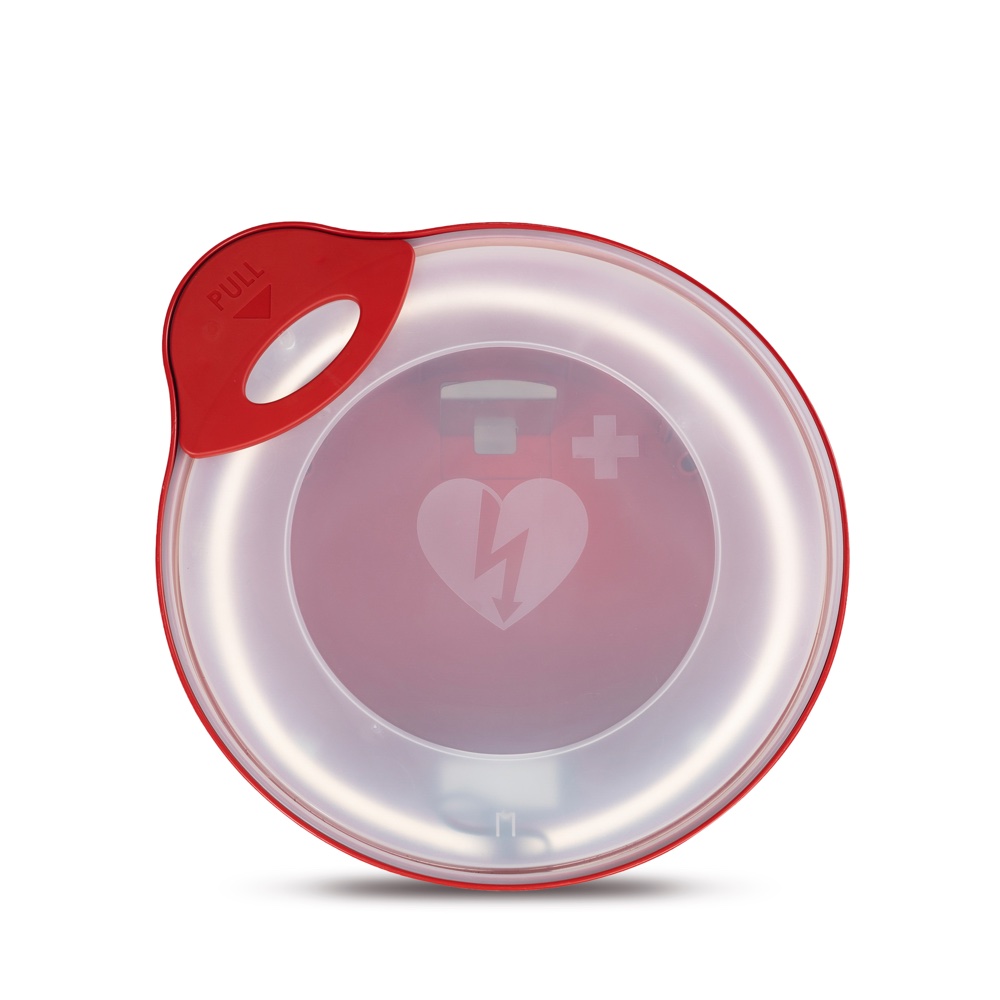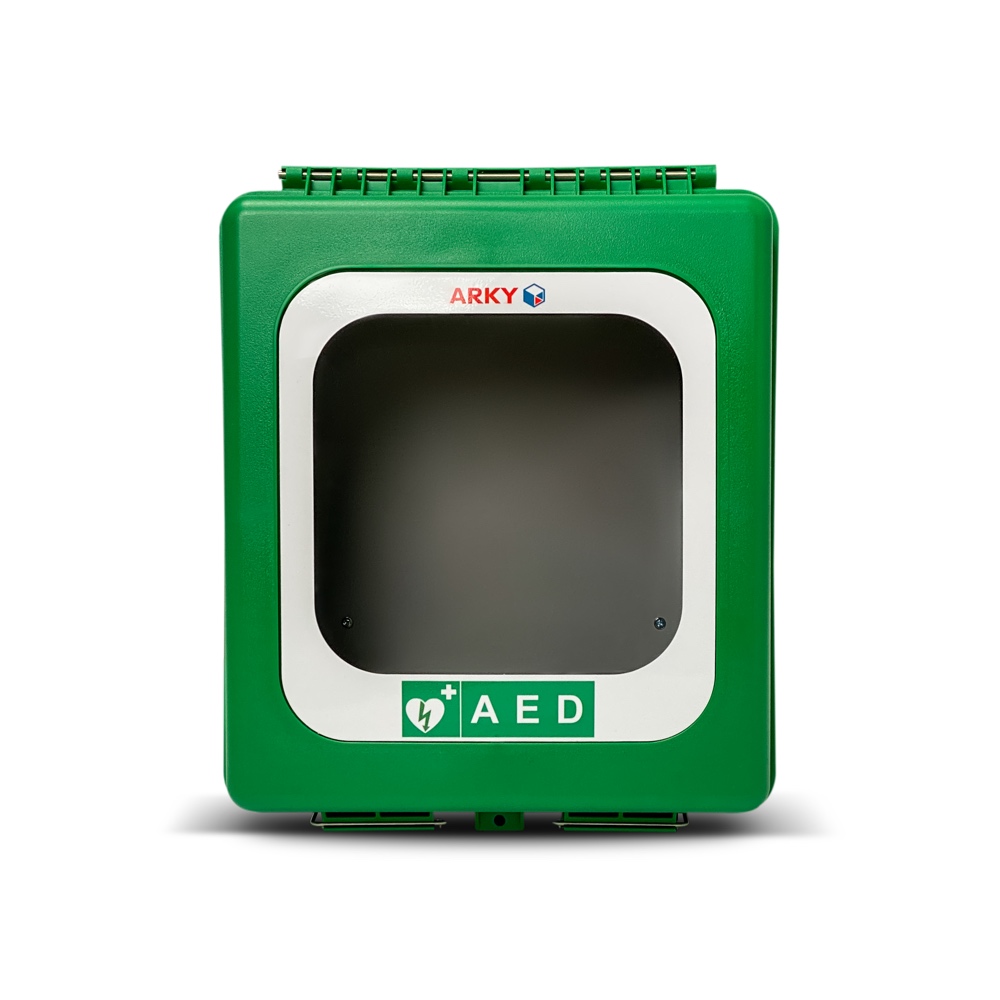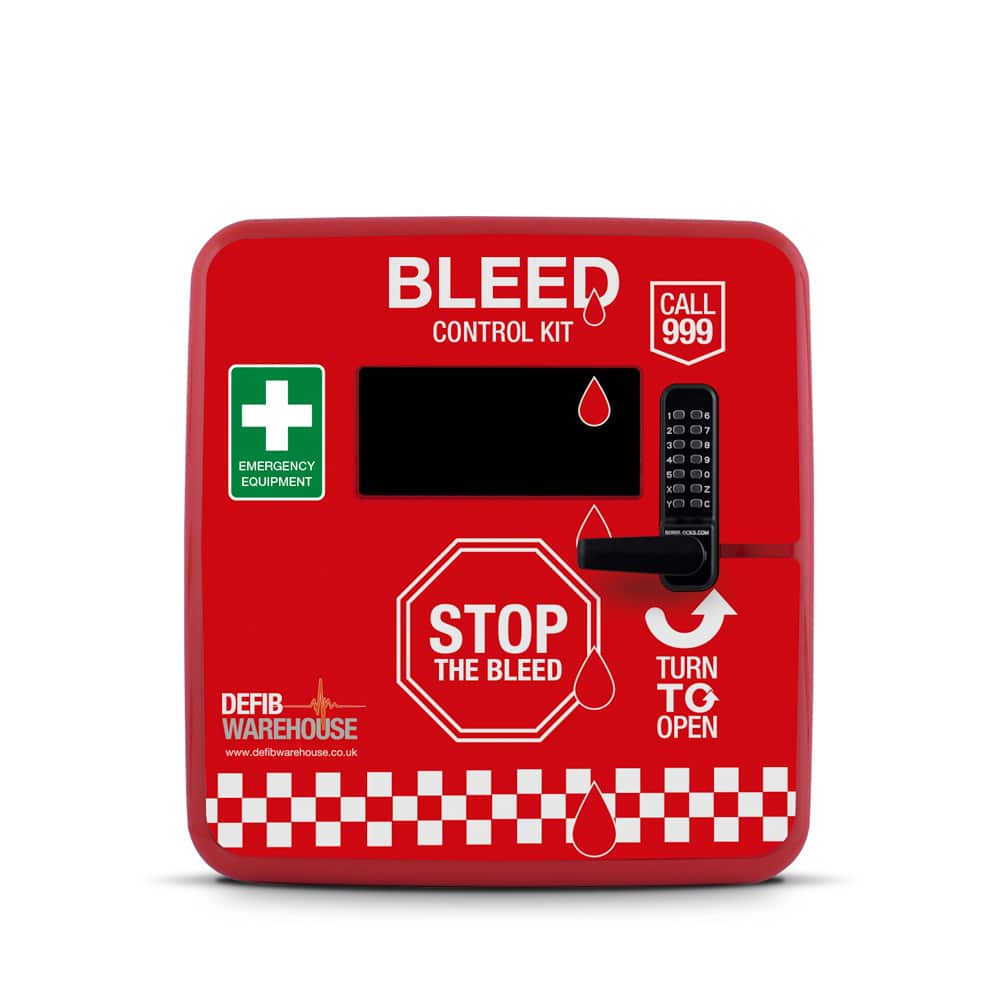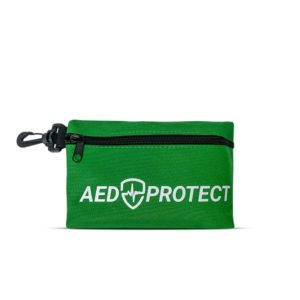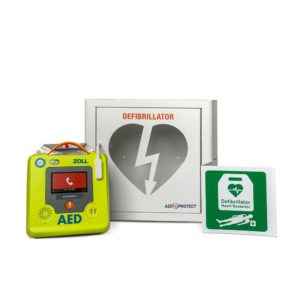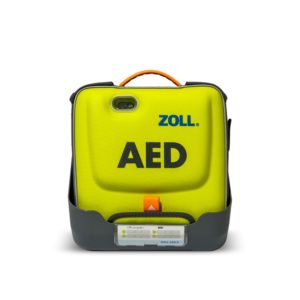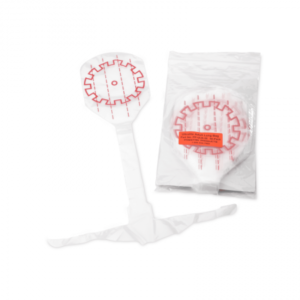How to choose an outdoor AED/defibrillator cabinet
There are many options of AED cabinet and the market is growing quickly with new products being developed continually by different manufacturers.
If you need to situate an AED outside then it is important that a suitable cabinet is chosen to ensure the AED is protected from the environmental conditions, tampering and in some locations theft. Most AED’s on the market have an operating temperature of 0-50 degrees celsius and must be kept above freezing to be operational.
When choosing an outdoor AED cabinet you should check that it is temperature controlled to keep the AED at the correct operating temperature preserving battery life and condition of your AED. Many outdoor cabinets have a heater and some have a fan linked to a temperature sensor so if the weather is too cold the heater turns on automatically and in hot weather a fan system helps to extract excess heat.
Indoor cabinets should NEVER be used outdoors as they are not suitable and you may invalidate the warranty of your AED!
Unheated cabinets should NEVER be used outdoors as they are not suitable for AED storage. This may invalidate your AED warranty if you end up with mould growing on your internal components and most importantly your AED may NOT work when you need it to!
Alarm system – choosing a cabinet that has an alarm can be useful as this helps deter tampering and theft. The alarm also helps alert others to the emergency that is taking place.
Lighting – most outdoor AED cabinets are supplied complete with lighting so the AED can be visible dark conditions. Some AED cabinets only have lighting to the inside of the cabinet once opened so we recommend that any outdoor defibrillator cabinet is situated in a position that has external lighting to ensure the cabinet is always visible in an emergency.
Keypad/digicode/touchscreen/key/open access – ideally we should place no barriers on accessing the AED as time is imperative in an emergency. Open access is the ideal solution as advised by the UK Resuscitation Council and the British heart Foundation (BHF) in their joint statement. In areas where security is a concern a lockable cabinet is an option providing that your local ambulance service will support this. If you decide on a lockable cabinet we recommend you opt for keypad/digicode that are accessed by inputting a combination code. Key locking cabinets are not recommended as delays with accessing the AED are inevitable. Remember that every minute your casualty has to wait for defibrillation the chance of survival declines at a rate of 7-10% per minute! It is also advisable to check with your local ambulance service as some have different recommendations.
Power system – there are different options available each with pros and cons. There are plug in cabinets that need no wiring however with this option there is always a risk that somebody might accidentally turn the cabinet off even if you put a sign up near the switch! As the cabinet will be on the outside of the building it is still advisable to use a qualified and competent electrician to install your cabinet to ensure it meets current regulations.
A hardwired cabinet is usually the most effective option but will require an electrician to complete the the installation. Some cabinets will require a transformer/power supply unit as this ensures the electrical supply going into the cabinet is low voltage.
For cabinets that use a electronic keypads to open the cabinet it is advisable that they have a battery backup system in the event of a power failure.
Solar power – is ideal for off grid locations such as golf courses, parkland, large estates and open spaces. It is important that the solar panel is south facing and not shaded as solar powered cabinets will typically need a minimum of 6hrs daylight to perform during winter months.
IP rating – the IP rating stands for ingress protection rating and shows how dust and waterproof the cabinet is. The higher the IP rating the more weatherproof the cabinet is. Please note that the cabinet rating will change if it is drilled into for wall mounting or for wires to be passed through so please check with the manufacturer if it is pre drilled and if not will this affect the rating and or warranty? In our experience we have seen a common issue that cabinets are screwed to a wall or surface and if the screws are not sealed properly water can get into the cabinet causing condensation and possible damage to the defibrillator over time. It is very important that the electrician fitting the cabinet ensures screws are correctly fitted and sealed to prevent water ingress.
- The benefits of a high IP rating are less chance of water or dust ingress.
- The down side to a high IP rating is that the cabinet can suffer from condensation issues if they have no proper ventilation system and any moisture does get in
Colour of cabinet – typically AED cabinets are green or high viz yellow but are available in many different colours. The important factor is that it is easily visible in an emergency.
Construction and materials used – stainless steel/mild steel/aluminium & plastic.
- Stainless steel is typically the most expensive product for constructing an outdoor defibrillator cabinet with but will be strong, durable and probably outlast most of its internal components!
- Mild steel is generally cheaper but will be strong & durable providing it is a thick gauge steel and not paper thin! The downside to mild steel is that it will eventually rust and this can happen more quickly if the powder coating/paint finish becomes scratched or damaged. Mild steel is not recommended near costal areas as corrosion will become a problem. You may notice that we don’t sell outdoor cabinets made from mild steel as in our past experience you end up replacing your cabinet not long after the warranty expires!
- Aluminium is typically lighter and will be strong and durable providing it is a thick gauge. The downside is that aluminium can suffer corrosion.
- Plastic cabinets are usually lighter than metal and providing they are made of durable plastics such as polyethylene, polycarbonate and ABS will be strong, durable and don’t suffer from corrosion like some metal cabinets can.
Warranty – check the warranty period and if this covers moving parts such as locking mechanisms and heaters etc. Does the manufacturer offer full support in the event of a warranty claim? In most cases the AED cabinet shell will have a long warranty but heaters and locks usually have a shorter warranty.
Spare parts – are replacement parts readily available for your cabinet? Parts such as LED lighting, heaters and fanning systems in most cases will not last as long as the cabinet so ensure that replacements parts are available otherwise you could end up needing a new cabinet in the event of component failure. For the outdoor cabinets that we supply most spare parts are readily available should these be required.
Checks and serviceability – your AED cabinet will need to be checked regularly to ensure it is in good general condition and to ensure that moving parts are working such as the door hinges and locking mechanism where applicable. Ask the manufacturer if spare parts are readily available in the event of failure of a component. If for example the lock mechanism stops working or the front of the cabinet was vandalised can spare parts be fitted rather than needing to replace the whole unit?
Status indicator visible – can your AED status symbol be easily viewed through the front of the cabinet? This can be useful as at a glance you will be able to ensure that the AED is present and see the status of the AED. All modern AED’s carry out their own periodic self tests and have a status indicator that is typically GREEN if the AED is ok and RED if the AED needs attention. Please note that you should still check that the cabinet opens correctly on a frequent basis especially if you have a mechanical coded lock as this will become stiff when not used.
In some locations an AED cabinet will be chosen with a solid front door with no viewing window. If this is the case the AED cabinet will need to be opened on a regular basis to inspect that the AED is present and in working order.
Signage – It is important that your AED location is clearly signed. Firstly your AED cabinet should be marked up with instructions to follow in an emergency, the letters AED or defibrillator and the universal heart symbol as below. Secondly if space is available a sign should be placed above the AED cabinet in an elevated position (this helps if a vehicle parks in front of the AED location obscuring view). Thirdly signage can be added to local businesses etc describing the nearest AED location to raise awareness of its presence.
Size – will all items fit in the cabinet such as the AED with carry case and spare electrodes etc? There are some AEDs on the market that are larger and may not fit correctly in some AED cabinets so check before you buy.
Informing the ambulance service – It is essential that your local ambulance service have full details of the location of your defibrillator, cabinet details and code or access details also the type of defibrillator in the cabinet. All local ambulance service trusts are now linked to the circuit.uk so please register so that is can be active. When they receive a 999/112 call they then have the defibrillator details on their system should they need to direct somebody to it in an emergency.
So when choosing your AED cabinet will it?
- Protect your AED from adverse weather conditions such as rain and snow?
- Keep your AED warm when it is freezing cold outside?
- Keep your AED cool when the weather is hot?
- Provide ventilation for your AED so condensation buildup is prevented?
- Be easily accessible when needed? Be clearly labelled and easily identifiable?
- Economical to run?
If you need help or guidance in choosing a defibrillator and or cabinet then we will be happy to assist to make the process easy. Our advice is honest, impartial and we only recommend brands that are of good quality.
You can view our full range of indoor and outdoor AED cabinets HERE




